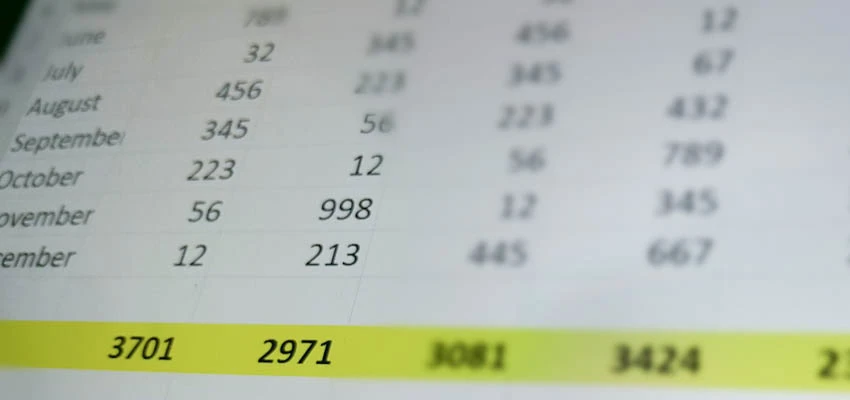Assessing your school library collection

By assessing your collection you can find out which areas are well covered, where gaps exist, how well it provides for the needs of your students and where you should focus your ongoing collection development.
Why assess your library collection
Assessment is part of developing a great collection. You want to find out if your collection:
meets the needs of your students
supports your school's teaching and learning programmes, including new curriculum developments
reflects strong partnerships between library and teaching staff
is balanced, inclusive and relevant
reflects changes relating to availability, accessibility and demand for resources in print and digital formats
represents value for your learners and therefore a return on investment.
Regular assessment of school library resources helps you target funding and guides your selection decisions. It lets you know if your collection is well used by teachers and students and providing coverage of:
topics that support the school’s curriculum and for student inquiry or research
genres and formats that provide a broad reading experience
all the relevant reading levels in fiction and non-fiction.
When to assess your library collection
Assessment, like weeding, is most manageable when it is part of an ongoing process. A full assessment of your print and digital collections can provide you with a baseline for further collection planning. However, assessing your entire collection is a lengthy process.
It can be easier to manage if you identify and prioritise specific sections, perhaps in consultation with teaching staff.
Weeding your school library collection
Setting priorities for assessment
For non-fiction, an assessment may be initiated by a new inquiry topic or the introduction of new standards, for example the introduction of earth and space science in years 12 and 13. Consider all relevant materials in your print and digital collections.
For fiction, you might assess by genre or for a particular purpose such as texts suitable for a specific curriculum standard.
How to assess your collection
An assessment can be carried out whether or not items are currently on loan. If you are focusing on a specific section of the collection, your Integrated Library System (ILS) may be able to set an alert to prompt you to assess items as they're returned.
Preparing to assess your collection
There are a number of tasks that will help you assess your collection.
Weed the relevant section or sections of your library.
Generate reports from your ILS including circulation statistics, age and number of resources in the section you're assessing.
Find out whether or not items are currently on loan.
Review and revise your school community profile. This helps you identify the characteristics and needs of your community.
Find out from teaching staff what topic and curriculum areas they're teaching and also the range of students’ reading levels for these topics. Familiarise yourself with the achievement objectives for the relevant learning areas, such as assessment standards for NCEA.
Survey teachers and students to find out how well your resources meet their needs. Survey responses can help identify gaps in topics, authors, series or genres.
Weeding your school library collection
Recording assessment information
Use our chart to assess items, both print and digital formats and non-fiction and fiction genres, and to record:
what your library holds
whether it's at the right level for the students
what is needed
where there are gaps.
Collection assessment chart (docx, 90KB)
Non-fiction
Your student librarians may help you to assess high interest non-fiction. This will support leisure reading rather than curriculum topics.
Fiction
Fiction assessment calls for a student-centred approach. Find out about their reading interests and the range of relevant fiction available. Ask teachers for input about reading levels and curriculum reading requirements, especially at NCEA levels.
Analysing your results and taking action
Once you’ve completed the assessment of a section, use the information from your chart to improve your collection.
Fill in the gaps
If your existing coverage is inadequate, you might consider:
purchasing new titles — print or eBook — at the appropriate reading or curriculum levels
whether additional print copies or multi-user licences, which allow concurrent use of eBooks, would provide sufficient coverage
whether online resources — such as EPIC databases, or curated web content — would be more appropriate for a given topic, especially in subject areas where knowledge is changing fast
accessing additional print materials from an outside source, for example, the National Library, other local schools or your public library.
Selecting resources for your collection
Update your collection requirements and budget
You may need to adjust your collection requirements. For example, you could:
add the priority areas that need attention
note suggestions from teachers and students
list any worn-out titles that you'll try to replace
note popular titles where heavy demand would justify ordering extra copies.
Working out your library's collection requirements
Feed any relevant information from your assessment into your budget documents.
Select and add resources to your collection
Using the information you've gathered:
find resources that address the gaps you've identified, keeping in mind appropriate content, formats and reading levels
check that they meet your selection criteria
purchase them if your current budget allows or add them to your budget proposal for the following year
curate and share links to freely available digital resources.
Related content

Weeding your school library collection
Weeding is an important part of the collection management cycle. Our weeding guide tells you what weeding is, why, when and how to weed your school library collection, and who should be involved.